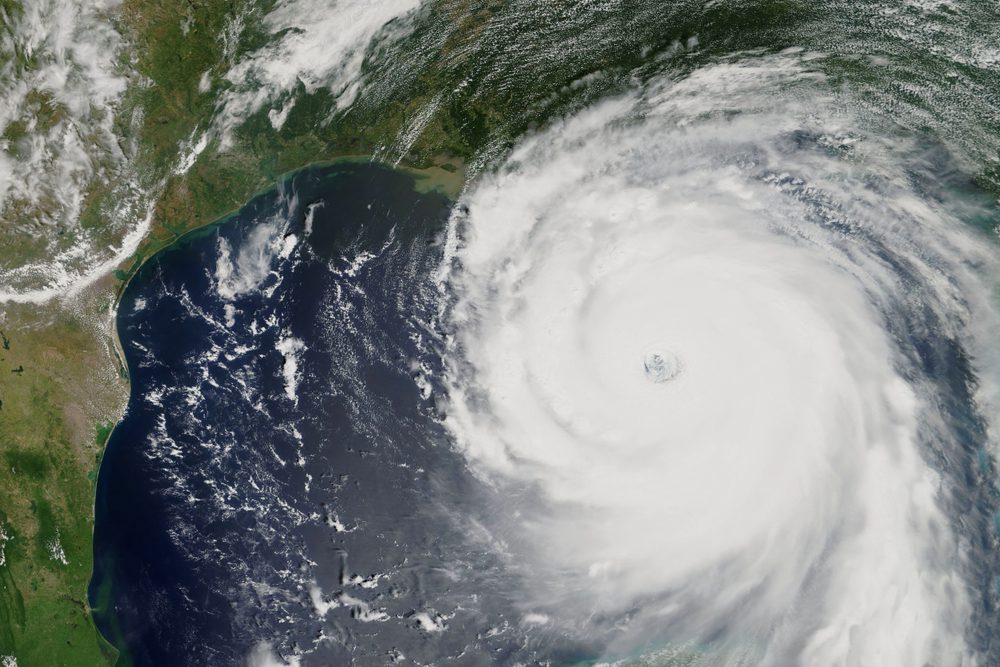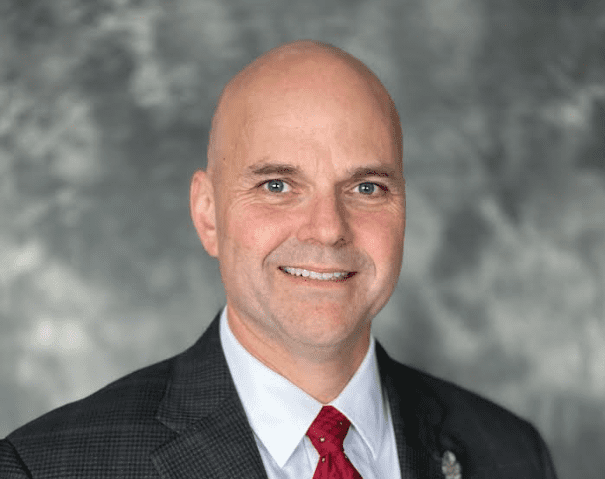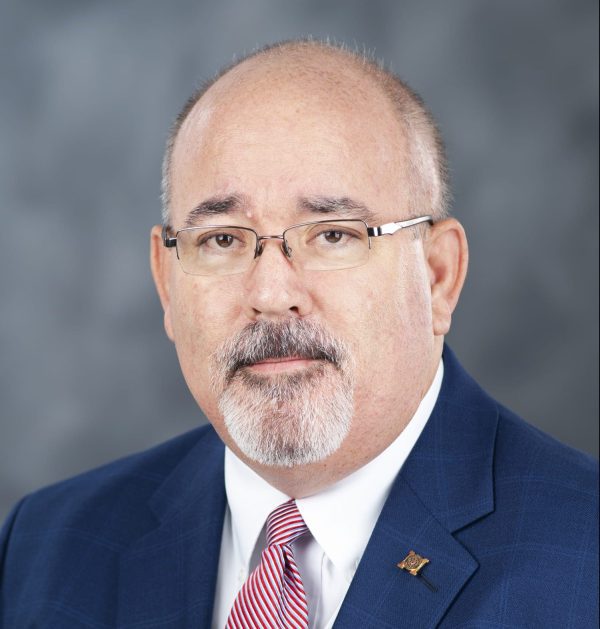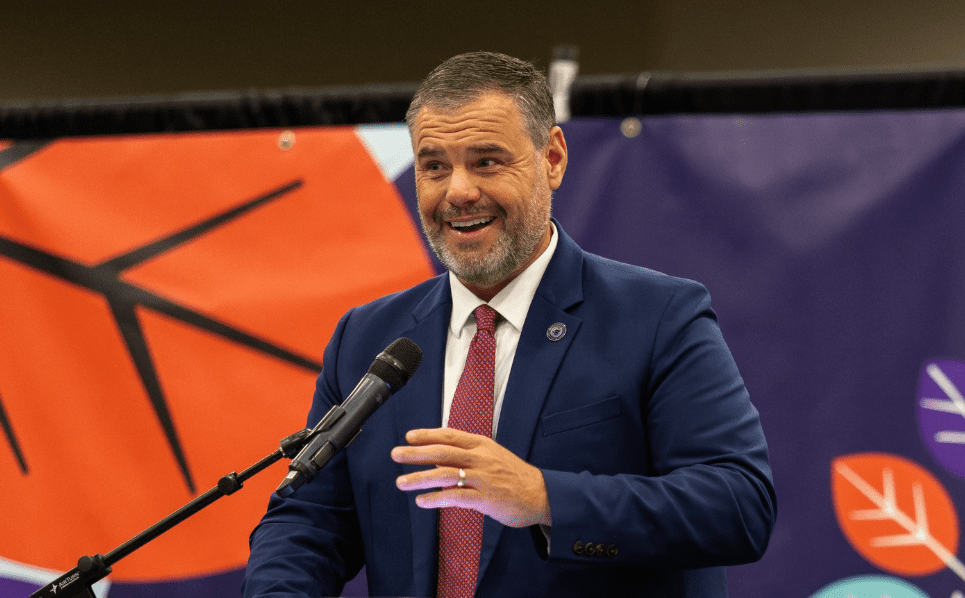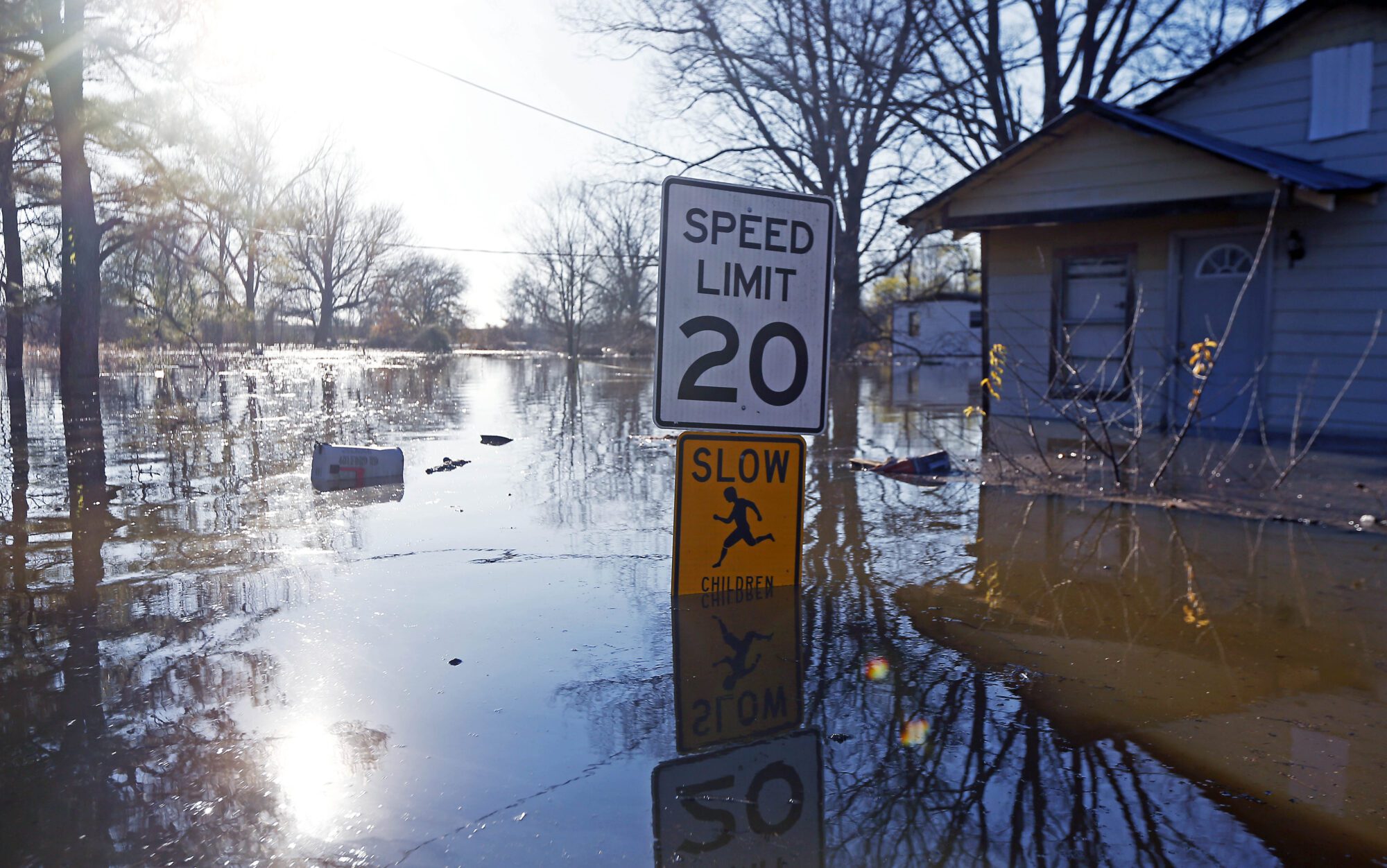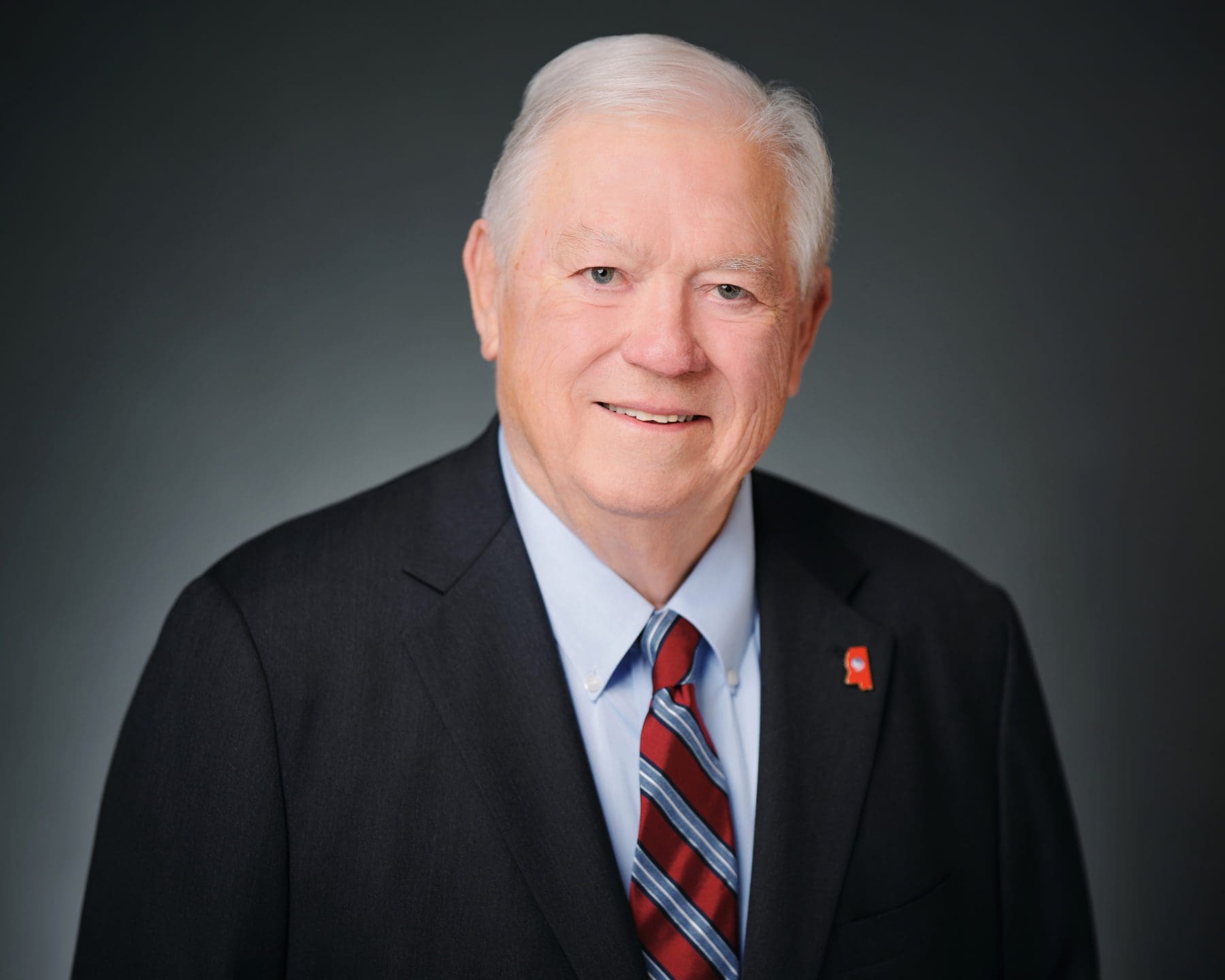
- Twenty years later, the destruction left by Katrina remains one of Mississippi’s darkest hours. But its recovery stands as a turning point that changed how disaster recovery is done across the nation.
Twenty years ago, Hurricane Katrina slammed into the Gulf Coast, leaving behind one of the most destructive paths in American history. The storm surge topped nearly 30 feet in some places, entire neighborhoods were erased, and more than 230 Mississippians lost their lives. Across the state, more than 65,000 homes were destroyed or severely damaged, and billions of dollars in damage left communities reeling. For many towns, local government offices and records were completely swept away.
Mississippi’s recovery was not just about rebuilding homes and infrastructure, but about managing an unprecedented flow of federal recovery dollars responsibly. That challenge, according to former Governor Haley Barbour, became the foundation for a model recovery.
“At least two Inspector Generals wrote up Mississippi’s programs as what ought to be the national standard,” Barbour recalled. “We took accounting and keeping up with the money seriously and did a good job of doing it.”
A key piece of that effort was a new partnership between the state and private sector experts. For the first time, Mississippi hired HORNE LLP to help oversee recovery funds, making the firm the state’s first government services client.
Katrina recovery redefined how recovery would be done in the future. Engineering firms, law firms, and other partners jumped in to help. HORNE was given the task of financial oversight for the FEMA funds and served as the program managers for most of the Mississippi Development Authority’s Recovery Housing Programs.
“We had hired HORNE to help,” Barbour said. “I think there were 13 municipalities on the Coast, and none of them, none of them had their financial records. HORNEdeveloped a program and helped each one of them figure out where they stood.”
The decision to bring in outside support provided reassurance at a time when transparency and oversight were paramount. Chris Richardson, then on staff with Senator Thad Cochran, remembers the relief.
“So, once we learned that HORNE had been chosen to oversee, help with, and manage the disaster funding, we all sighed a breath of relief. We really did,” Richardson said. “It was Governor Barbour’s idea: ‘Well, why don’t we bring in a third party to make sure that this is done right’… Once we found out it was going to be HORNE, we were all relieved, very relieved.”
For HORNE employees, the responsibility went beyond managing numbers. They were tasked with helping rebuild their own communities, and the lives of their families and friends.
Cathy Denman, who has worked at the firm since 1998, said the focus was always on supporting people.
“If I can say that HORNE was a part of helping them recover and staying sane through the process… then I feel better about it,” Denman said.
Others at the firm echoed the same sense of mission. “We were able to come alongside our state and our citizens and help rebuild,” said Diana Hardin, who worked with HORNEin 2005.
The partnership was a two way street, with HORNE offering strong praise to the state and their ability to get to work for all Mississippians.
“Working hand in hand with the Mississippi Emergency Management Agency (MEMA) and the Mississippi Development Authority (MDA) in helping our communities recover and rebuild set the standard for how effective recovery can be when you collaborate on all levels,” said Neil Forbes, HORNE Managing Partner. “It will always be an honor and a privilege to be a part of Mississippi’s recovery following Hurricane Katrina.”
That dedication forged a long-term relationship between the state and HORNE. “That led to our strong relationship with HORNE that continued throughout the rest of the disaster period,” Governor Barbour noted. “Which was not like over the years. I mean, it went on for several years.”
Governor Barbour often says that “crisis and catastrophe don’t create character, they reveal it.” For many involved, Katrina recovery revealed the strength of a partnership between government and the private sector rooted in accountability, service, and trust.
The impact of that approach extended well beyond Mississippi. HORNE’s success during Katrina gave the firm the ability to expand nationwide, helping states and communities across the country navigate recovery after hurricanes, wildfires, and floods. The Katrina experience also influenced how federal and state governments now think about disaster recovery, pairing oversight with expertise to ensure resources reach the communities most in need.
Twenty years later, the destruction left by Katrina remains one of Mississippi’s darkest hours. But its recovery stands as a turning point that changed how disaster recovery is done across the nation. It showed that with leadership, accountability, and partners like HORNE, even the most overwhelming devastation can be met with resilience and renewal.


